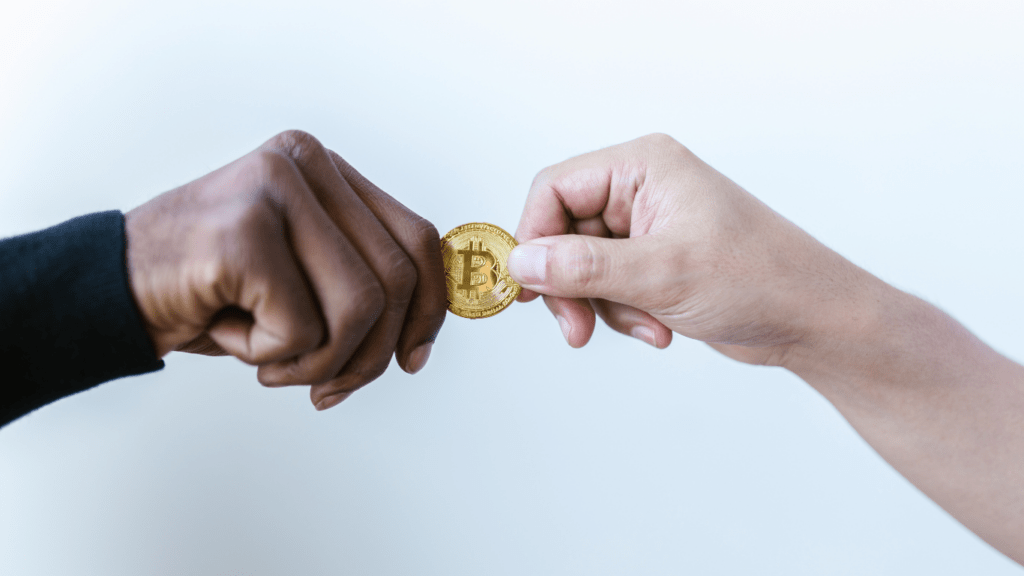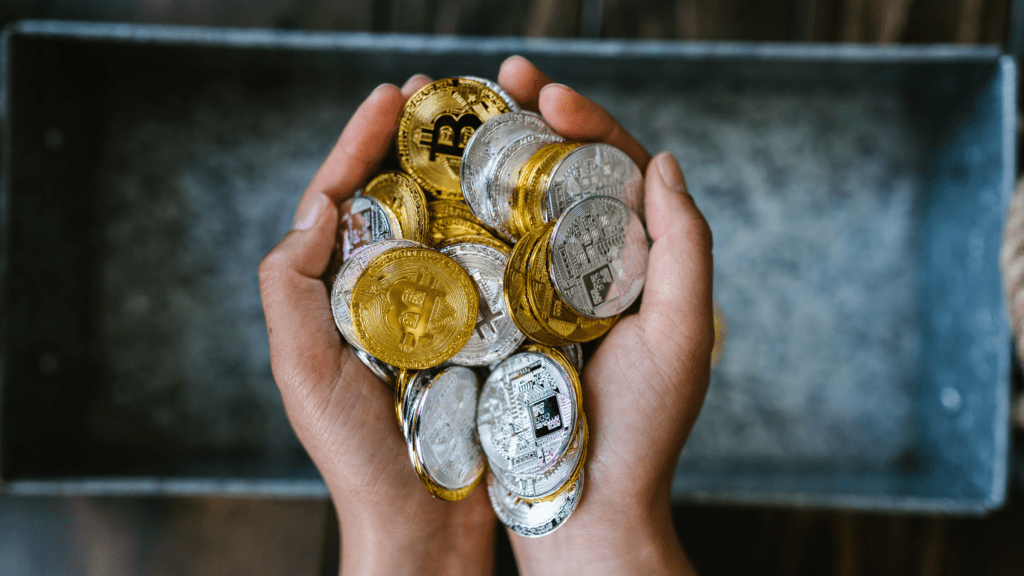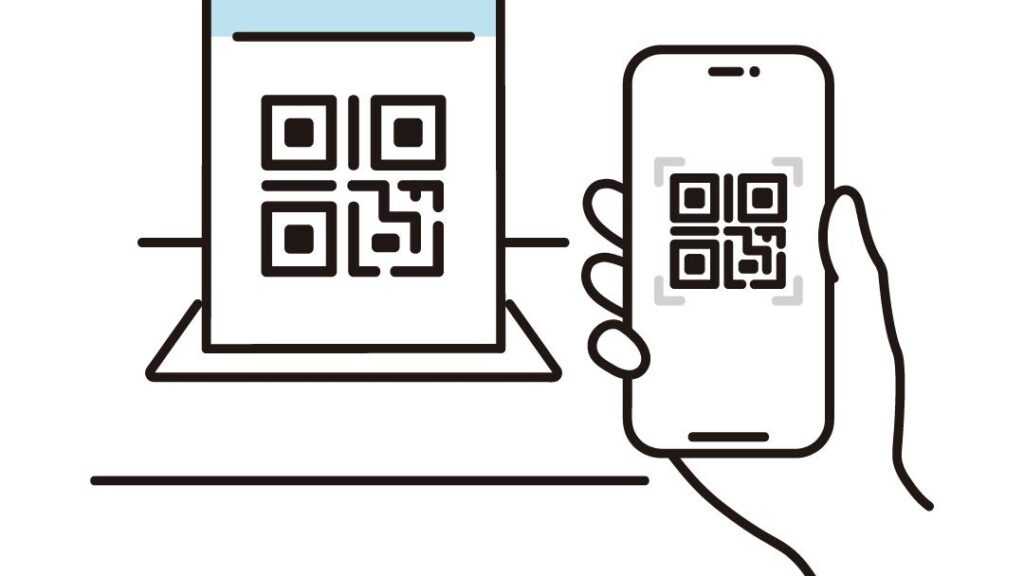What Are Decentralized Exchanges (DEXs)?
Decentralized exchanges (DEXs) are cryptocurrency platforms that facilitate peer-to-peer trading directly between users. They eliminate the need for an intermediary, offering more transparency and security.
Key Features of DEXs
DEXs operate on blockchain technology. They provide smart contract integration, allowing users to trade directly from their wallets. Key features include:
- No Central Authority: DEXs operate without a central controlling entity. This means increased security and less vulnerability to hacking.
- Privacy: Users maintain control over their private keys, enhancing privacy and security.
- Transparency: Since DEXs run on public blockchains, all transactions are public and immutable.
- Lower Fees: Without intermediaries, DEXs generally have lower transaction fees.
- Global Access: Users from any location can access DEXs without needing extensive verification processes.
- Control: CEXs hold users’ private keys and funds, whereas users retain full control in DEXs.
- Speed: CEXs often provide quicker transactions. DEXs might experience slower trades due to blockchain processing times.
- Fees: CEXs typically have higher fees due to operational costs and intermediaries.
- Regulation: CEXs must adhere to stringent regulatory requirements, while DEXs operate more freely.
- Liquidity: CEXs usually offer higher liquidity, making it easier to execute large trades swiftly.
Types of Decentralized Exchanges
Decentralized exchanges (DEXs) come in various forms, each with unique mechanisms. Understanding these can help you navigate the crypto trading landscape better.
Automated Market Makers (AMMs)
Automated Market Makers (AMMs) use algorithms to price assets. Unlike traditional exchanges, they don’t rely on order books. Instead, liquidity pools facilitate trades. Anyone can provide liquidity, earning fees in return. AMMs like Uniswap and Balancer dominate this category.
Order Book DEXs
Order Book DEXs operate similarly to centralized exchanges but without intermediaries. They maintain a record of buy and sell orders, matching them to execute trades. These DEXs like Serum and IDEX offer more control over trade execution and are preferred by advanced traders.
Hybrid DEXs
Hybrid DEXs blend features of both AMMs and Order Book DEXs. They aim to offer the best of both worlds, combining the liquidity and efficiency of AMMs with the control of order books. Examples include DeversiFi and Nash, which provide a balanced approach for diverse trading needs.
Understanding these types of DEXs helps in choosing the right platform for your trading preferences.
Advantages of Using DEXs

Decentralized exchanges (DEXs) offer several benefits for traders in the cryptocurrency market. They emphasize security, privacy, and minimizing risks, making them an attractive option.
Enhanced Security
DEXs provide enhanced security by operating directly on blockchain technology. Traditional centralized exchanges (CEXs) store users’ funds in a centralized manner, which makes them a target for hackers. In contrast, DEX users maintain control of their private keys, reducing the risk of large-scale hacks. For example, platforms like Uniswap keep transactions transparent and traceable on the public blockchain.
User Privacy
DEXs prioritize user privacy by eliminating the need for intermediaries. When using a DEX, traders transact directly with each other, and personal information remains with the user.
This contrasts with CEXs, which often require extensive personal data for KYC (Know Your Customer) compliance. Users on DEXs such as Uniswap and SushiSwap enjoy privacy since their trades are executed without revealing identifying information.
Reduced Counterparty Risk
DEXs reduce counterparty risk through the decentralized nature of their transactions. Since trades are executed via smart contracts on the blockchain, there’s no need for a centralized authority to guarantee the transaction.
This significantly reduces the risk of default or fraud. For instance, when trading on platforms like SushiSwap or Balancer, users can trust that smart contracts will automatically enforce the trade terms, reducing reliance on a third party.
Drawbacks and Challenges
Decentralized exchanges (DEXs) come with their own set of drawbacks and challenges despite their benefits.
Liquidity Concerns
Liquidity often poses a significant challenge for DEXs. Liquidity refers to the ease with which assets can be bought or sold at stable prices. Many DEXs face low liquidity compared to centralized exchanges (CEXs).
For instance, traders might find it hard to execute large trades without impacting the market price. This challenge stems from the decentralized nature of DEXs, where fewer traders and market makers are present. Automated Market Makers (AMMs) like Uniswap attempt to address this, but liquidity pools may still fall short for high-volume transactions.
User Experience
The user experience on DEXs can be less intuitive than on CEXs. Navigating through decentralized interfaces often requires a higher level of technical knowledge. For example, users must manage their own private keys and understand smart contract operations.
Unlike the smooth, user-friendly interfaces provided by CEXs, the decentralized nature of DEXs can lead to complex transaction processes and slower response times. This complexity can discourage less tech-savvy traders from adopting DEXs for their trading needs.
Regulatory Issues
Regulatory challenges also affect DEXs significantly. Governments and regulatory bodies around the world struggle to formulate clear rules for decentralized platforms.
For instance, the anonymous nature of transactions on DEXs raises concerns about money laundering and fraud. Many jurisdictions lack proper regulatory frameworks for these platforms, creating uncertainty for users. While some countries are developing regulations to encompass decentralized finance (DeFi), the lack of global consensus creates compliance difficulties.
Popular Decentralized Exchanges
Several decentralized exchanges (DEXs) have gained traction in the cryptocurrency market due to their innovative protocols and user-centric features. Here are some of the most recognized ones.
Uniswap
Uniswap stands out as one of the most well-known DEXs, utilizing an Automated Market Maker (AMM) model. Users can trade Ethereum-based tokens directly from their wallets without the need for an intermediary. The platform relies on liquidity pools, which allow users to contribute assets and earn fees. Uniswap has consistently high trading volumes and supports numerous ERC-20 tokens.
SushiSwap
SushiSwap offers a DEX experience similar to Uniswap but with added benefits. It started as a fork of Uniswap, introducing its governance token, SUSHI, which allows users to participate in governance decisions. SushiSwap also incorporates features like:
- yield farming
- staking
enabling users to earn additional rewards through liquidity provision.
PancakeSwap
PancakeSwap operates on the Binance Smart Chain (BSC), making it a cost-effective alternative to Ethereum-based DEXs like Uniswap and SushiSwap. Users can trade BEP-20 tokens with lower transaction fees and faster confirmation times. PancakeSwap also includes features such as yield farms, staking, and lotteries, enhancing user engagement and earning potential.
How to Get Started with DEXs
Getting started with DEXs involves a few crucial steps. Learn how to set up a wallet, connect to a DEX, and make your first trade.
Setting Up a Wallet
First, get a digital wallet that supports the cryptocurrencies you’ll trade. MetaMask and Trust Wallet are popular options. Download and install the wallet’s app or browser extension. Follow the setup instructions, ensuring you store your seed phrase securely. A seed phrase is crucial for recovering your wallet if you lose access.
Connecting to a DEX
Next, connect your wallet to a DEX like Uniswap or SushiSwap. Open the DEX’s website, click ‘Connect Wallet,’ and select your wallet. Authorize the connection in your wallet app or extension. Ensure your wallet contains some funds to cover transaction fees known as gas fees.
Making Your First Trade
To make your first trade, select the tokens you want to swap. Enter the amount you wish to trade, review the transaction details, then click ‘Swap’ or ‘Trade.’ Confirm the transaction in your wallet. Wait for the transaction to be processed on the blockchain, which might take a few minutes depending on network congestion.
Future of Decentralized Exchanges
Decentralized Exchanges (DEXs) are set to evolve rapidly. As the cryptocurrency space grows, so too will the sophistication and adoption of DEXs.
Innovations and Trends
Significant innovations are reshaping the future of DEXs. Layer 2 solutions, for example, enhance scalability and reduce transaction fees. Rollups and sidechains are gaining traction as they alleviate network congestion on Ethereum.
Automated market makers (AMMs) are transforming how liquidity pools function. By enabling users to provide liquidity and earn fees, DEXs are minimizing the need for traditional order books. Projects like Uniswap V3 introduce concentrated liquidity, making trading more efficient.
Cross-chain interoperability is another key trend. As DEXs integrate with different blockchains, users can trade various cryptocurrencies without needing a centralized intermediary. Protocols like Polkadot and Cosmos facilitate these integrations.
Potential Challenges Ahead
Despite the promising innovations, several challenges could impede the growth of DEXs. Scalability remains a significant issue. Though Layer 2 solutions are helpful, widespread adoption is needed for substantial impact. High gas fees on popular platforms still deter small-scale traders.
Regulatory scrutiny is increasing. Governments worldwide are exploring how to regulate DEXs without stifling innovation. Compliance with anti-money laundering (AML) and know-your-customer (KYC) standards poses a significant hurdle.
User experience can also be improved. For mass adoption to occur, DEX interfaces need to be more user-friendly. Complexity in setting up wallets and handling private keys deters newcomers.
Lastly, security risks persist. While DEXs are generally more secure than centralized exchanges, they are not immune to hacks and exploits. Continuous improvements in smart contract security are essential to maintaining user trust.



 Founder & CEO
Daniel Anderson is the visionary founder and CEO of the website, leading the charge in revolutionizing the crypto space. With a deep understanding of blockchain technology and years of experience in the industry, Daniel has established himself as a key figure in the cryptocurrency world. His passion for decentralization and financial innovation drives the platform’s mission to deliver cutting-edge insights and resources for crypto enthusiasts, traders, and investors. Under his leadership, the website has grown into a trusted hub for the latest trends, news, and developments in the digital asset space.
Founder & CEO
Daniel Anderson is the visionary founder and CEO of the website, leading the charge in revolutionizing the crypto space. With a deep understanding of blockchain technology and years of experience in the industry, Daniel has established himself as a key figure in the cryptocurrency world. His passion for decentralization and financial innovation drives the platform’s mission to deliver cutting-edge insights and resources for crypto enthusiasts, traders, and investors. Under his leadership, the website has grown into a trusted hub for the latest trends, news, and developments in the digital asset space.
